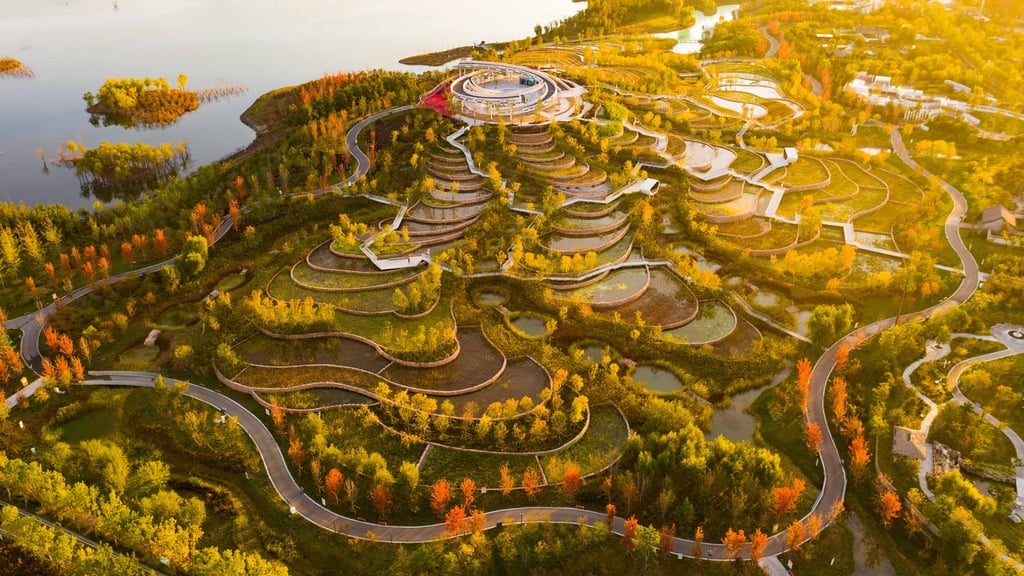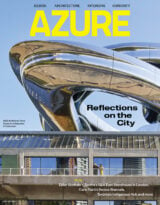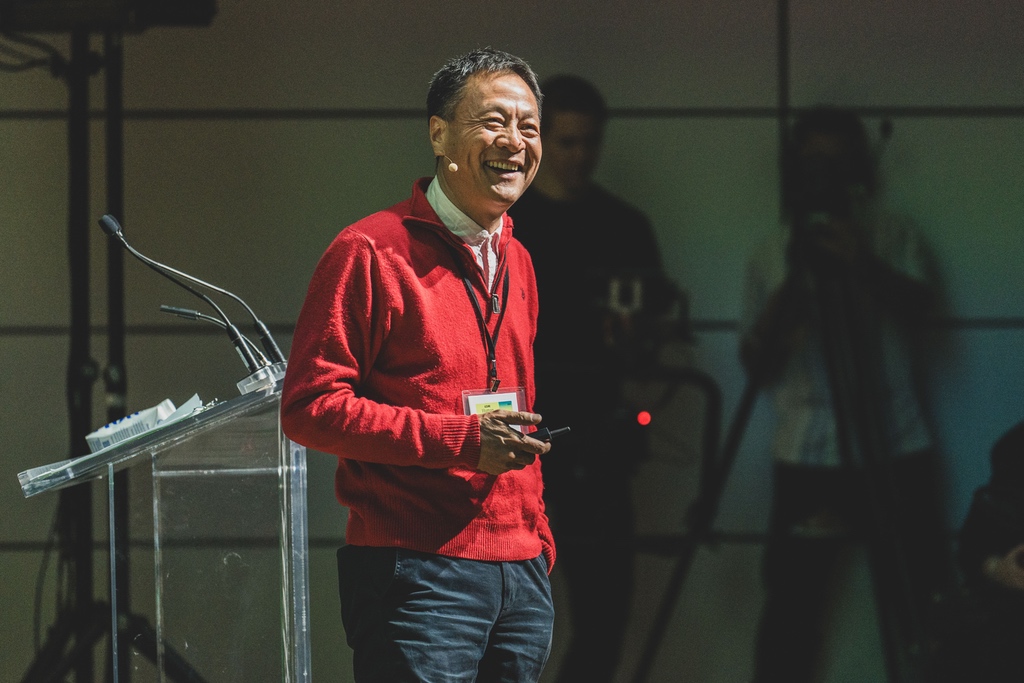
What you are looking at was an urban waste dump. Coal ash, garbage, slag — those were the only features of this former industrial site in the Chinese city of Handan. That was the dismal panorama, stretching out for 325 hectares, that Kongjian Yu would have first encountered. By the time he was done with it, though, the place would become the vibrant composition of cascading terraces that you see here — one that cleans wastewater and recycles solid waste, with a 20-metre-high mound made of debris at its apex. It’s a marvel, inviting back nature — and people, who were always gregariously welcomed into Yu’s rescued landscapes with whimsical pavilions and elevated walkways.
The Handan Wastewater Purification Terraces is one of a thousand projects that Yu and his Beijing firm, Turenscape, completed in 200 cities across Asia over the past 25 years. On September 23, when the 62-year-old practitioner was killed in a plane crash in Brazil that also claimed the lives of filmmakers Luiz Ferraz and Rubens Crispim Junior and pilot Marcelo Pereira de Barros, he was working on a documentary about sponge cities, the praxis at the centre of his life’s work. In 2013, China adopted sponge cities as national policy, no doubt swayed as much by Yu’s incredible accomplishments as by his undeniable charisma and modesty.
That Yu died while making a film that could bring his vision to the broader world adds even more sorrow to the tragedy. The sponge city — where water is absorbed, cleaned and stored by green, permeable, nature-based systems — is a necessity in our ever more climate change–ravaged world, but it also still seems something of a dream. Yu’s projects, however, convey the notion that anything is possible: that you can look upon a vast neglected landscape and overlay on it a thriving ecosystem with space for people, plants and wildlife; that ecology, culture and economy could work together; and that landscape architecture could make a meaningful difference on a massive scale.
Yu had the numbers to back up his schemes: In the Handan project, 13,600 cubic metres of wastewater from the local water treatment plant is cleaned every day, nourishing both the adjacent wetland and saving about one million kWh of electricity compared to conventional water treatment processes. Another project, Benjakitti Forest Park in Thailand, has brought some 91 species of birds back to a place that also attracts tens of thousands of visitors daily. But more importantly, Yu had the heart. His spaces are joyous, playful, beautiful. He was taken from us at a time when we need him more than ever. We can mourn the sponge cities he would have gone on to create or we can honour his legacy by taking the revitalized landscapes he has left us and allowing them to inspire us to do what he’s been telling us to do all along: to build our own sponge cities around the world.
Remembering Kongjian Yu, Who Worked to Heal Our Fragile Planet
The landscape architect
and founder of Turenscape leaves behind a powerful legacy of environmental repair.

